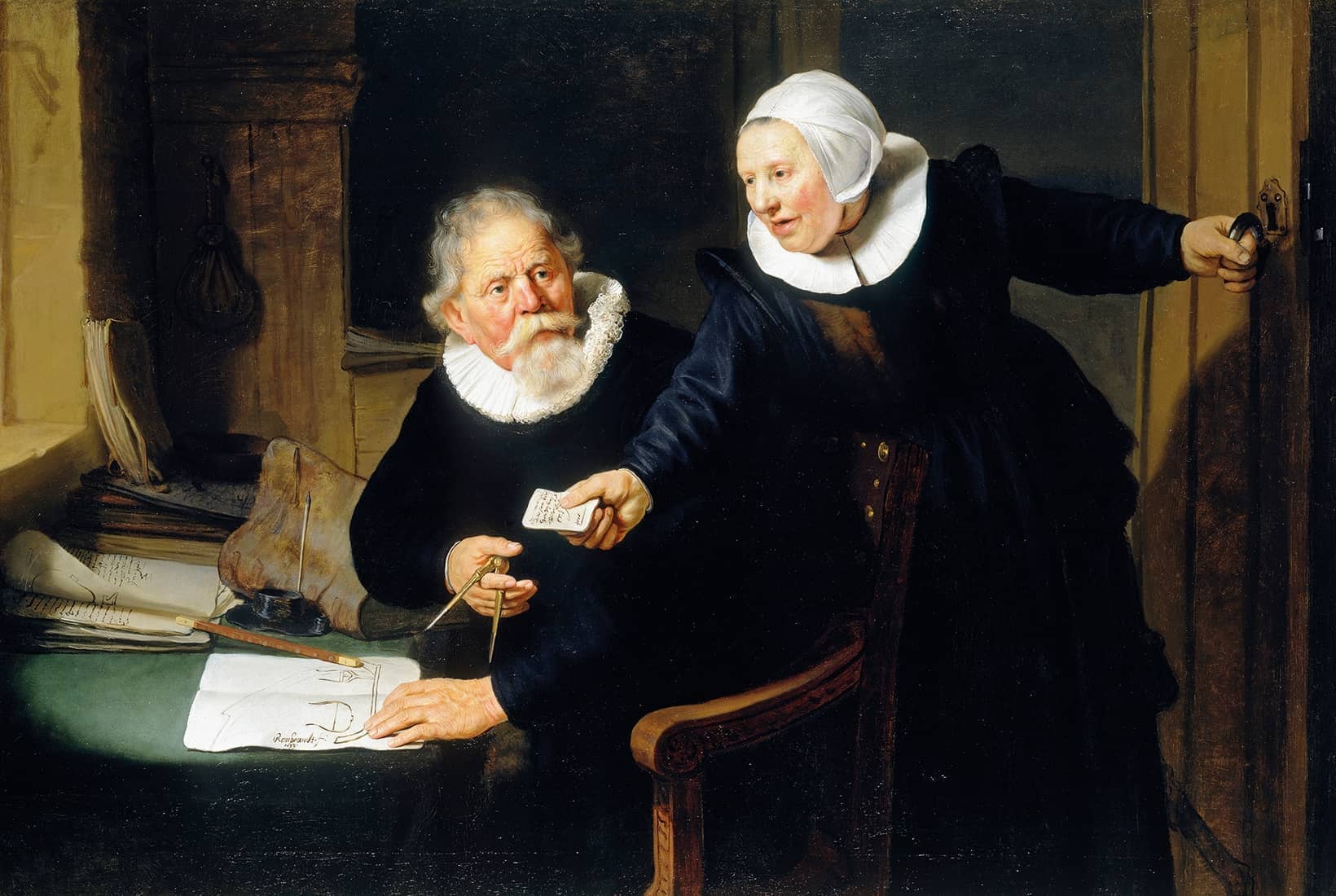Elizabeth II spent virtually all her life surrounded by one of the world’s greatest art collections. Even when she was a child, and the likelihood of her inheriting the throne still seemed remote, visits to her grandparents at Buckingham Palace involved looking at pictures, since George V enjoyed showing her the Victorian narrative paintings that hung there, such as William Powell Frith’s ‘Ramsgate Sands’.
Nobody knows exactly how many works of art there are in the Royal Collection, but at the end of Elizabeth II’s reign nearly 300,000 objects had been catalogued online, probably just under a third of the whole. Among the many masterpieces are Andrea Mantegna’s monumental sequence of canvases ‘The Triumph of Caesar’, purchased by Charles I in 1629; nearly 600 drawings by Leonardo da Vinci, including virtually all his anatomical studies; one of the finest Mughal manuscripts, ‘Padshahnama’; no fewer than 52 paintings by Canaletto; and the largest collection of 18th-century Sèvres porcelain outside France.
The existence of this extraordinary collection is evidence of the longevity of the British monarchy: in most countries, royal collections now form the core of national galleries – the Prado in Spain and the Louvre in France, for example – whereas in Britain these works are distributed over 15 royal residences and former residences. Although the collection was occasionally included in estimates of the Queen’s personal wealth, it is a possession of the Crown and so – like Buckingham Palace – cannot be sold.
It is one of the ironies of the Queen’s life that this vast accumulation was the backdrop to the ceremonial and domestic life of a woman who was supposedly indifferent to art. Anyone who asks a member of the royal household what the Queen thought about the subject is likely to be told the anecdote that when Christopher Lloyd, who was Surveyor of the Queen’s Pictures from 1988 to 2005, raised the idea that she might spend money on contemporary art, she looked surprised and replied: ‘But what about my horses?’ (It seems unlikely that he was cheeky enough to answer, as reported: ‘Well they never win, do they?’) Unlike her husband and eldest son she never painted or sketched; unlike her mother, she made almost no attempt to buy modern pictures for her own pleasure; and unlike Prince Philip, whose enjoyment of the company of such painters as Edward Seago and Feliks Topolski encouraged him to accumulate a large private collection, she had no artists among her friends.








Comments
Join the debate for just £1 a month
Be part of the conversation with other Spectator readers by getting your first three months for £3.
UNLOCK ACCESS Just £1 a monthAlready a subscriber? Log in